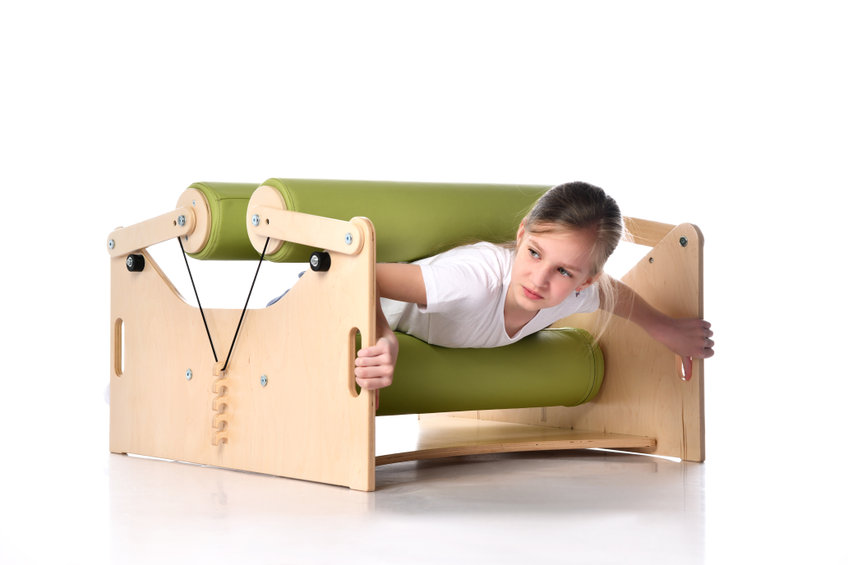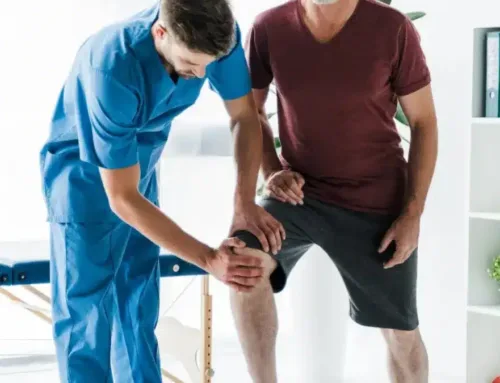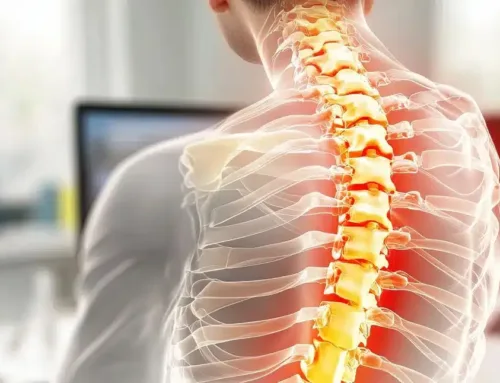Sling Exercise Therapy (S-E-T) is a total concept for active treatment and exercise with the aim of contributing to permanent improvement of musculoskeletal disorders. The model is based on what are assumed to be the key elements of active training and rehabilitation today (which are described and documented in this article). The concept, which has been developed in Norway over the past eight years, is also used in the treatment of strokes and other neurological conditions, for stimulating children and for fitness training. This article focuses on treatment of musculoskeletal disorders. The SE-T concept consists of a system of diagnosis and treatment. The system of diagnosis involves testing of the muscles’ tolerance through progressive loading in open and closed kinetic chains, and is used together with conventional examinations in diagnosing musculoskeletal disorders. The treatment system contains elements such as relaxation, increasing the range of movement, traction, training the stabilizing musculature, sensorimotor exercises, training in open and closed kinetic chains, dynamic training of the mobilizing musculature, fitness training, group exercise, personal exercise at home with long-term follow-up, and computer software for setting up and modifying exercises. The concept has been developed in the light of current knowledge regarding active treatment and exercise for musculoskeletal disorders. Although clinical experience with the S-E-T concept has been positive, there is a lack of scientific evidence. Therefore research has been heavily emphasized. A randomized study of the effect of personal exercise at home on chronic back pain and a pilot study of the effect of active treatment and personal exercise at two companies in Norway have been published. A randomized study on the treatment of Whiplash Associated Disorders was implemented in 1999. During the current year studies on the effect of training of the elderly, on the effect of active treatment and exercise at the workplace combined with home exercise, exercises in the treatment of unstable
shoulders and training of athletes will be initiated. This article was also published in Krankengymnastik, Germany in March 2001.





